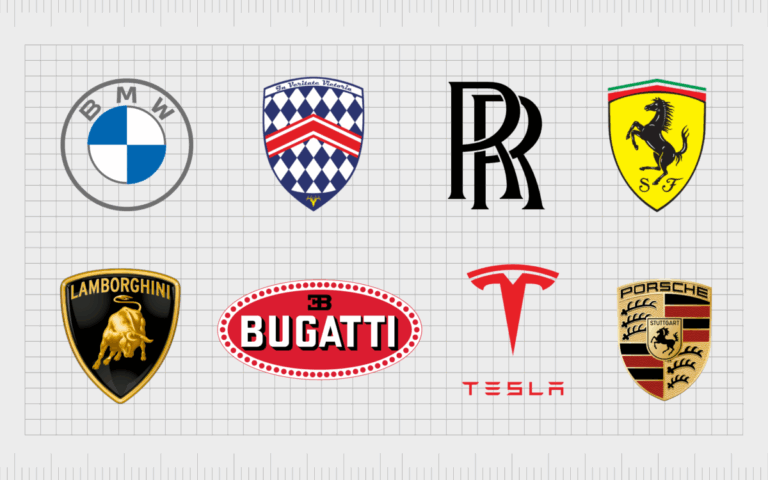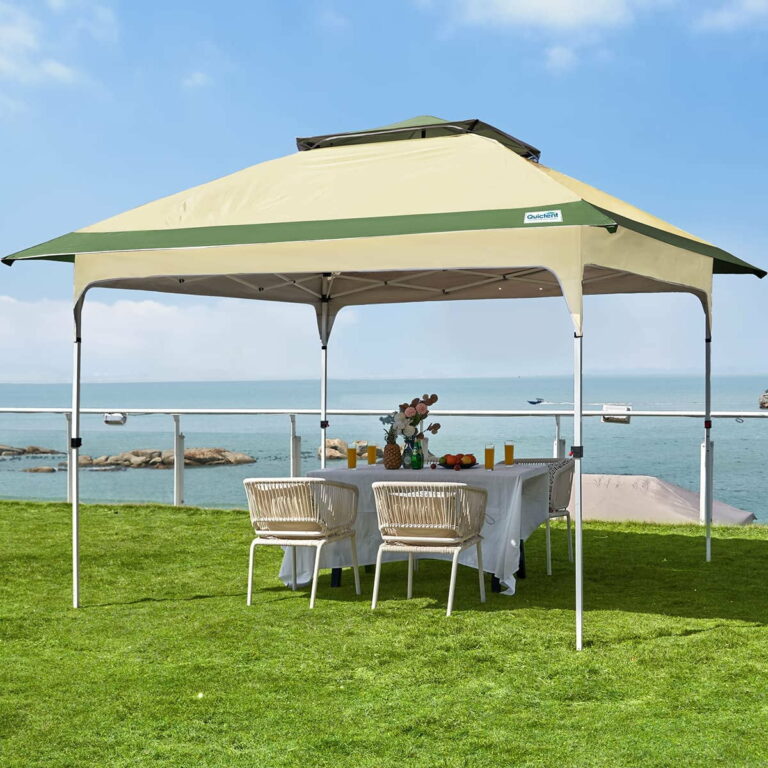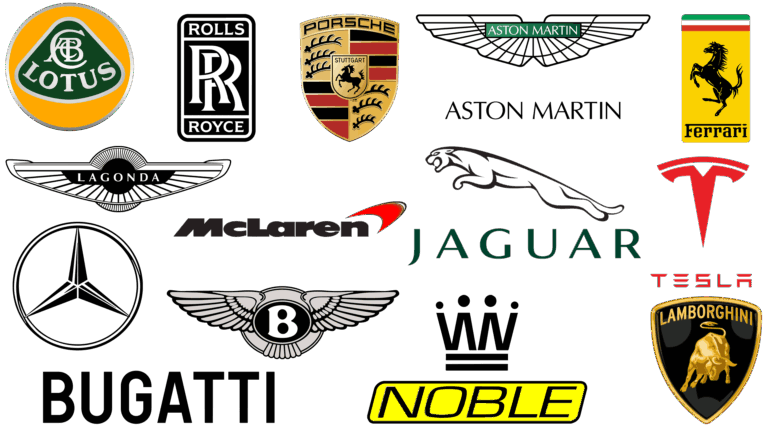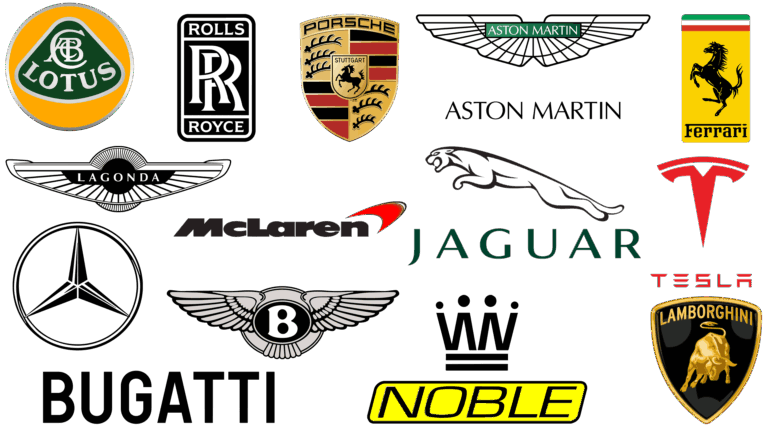The Best Car Stereo Brand: Navigating the Soundscape of Your Ride
The Best Car Stereo Brand: Navigating the Soundscape of Your Ride cars.truckstrend.com
The open road, a perfect playlist, and crystal-clear audio – it’s a sensory trifecta that defines the ultimate driving experience for many. At the heart of this experience lies the car stereo, a component far more sophisticated than the simple AM/FM radios of yesteryear. But when it comes to pinpointing "The Best Car Stereo Brand," the answer isn’t a single, universally acclaimed champion. Instead, "best" is a nuanced concept, deeply personal and highly dependent on individual needs, budget, vehicle compatibility, and desired features. This comprehensive guide will help you understand what makes a car stereo brand stand out, explore the leading contenders, and ultimately empower you to discover the "best" brand for your unique auditory journey.
A car stereo, often referred to as a head unit, is the central command center of your vehicle’s audio system. It’s where your music sources connect, where sound is processed, and where you interact with your entertainment. Its importance extends beyond mere sound reproduction; a great head unit can integrate seamlessly with your smartphone, provide navigation, enhance safety with camera inputs, and even offer advanced sound tuning capabilities that transform your car’s acoustics. Investing in the right brand means investing in reliability, cutting-edge technology, superior sound quality, and a user experience that genuinely elevates your time behind the wheel.
The Best Car Stereo Brand: Navigating the Soundscape of Your Ride
Defining "Best": What Matters Most in a Car Stereo Brand?
Before we dive into specific brands, it’s crucial to understand the criteria that contribute to a brand’s reputation and suitability for different users. The "best" brand for a professional audiophile might be different from the "best" for a tech-savvy commuter or a budget-conscious daily driver.
- Sound Quality & Audio Processing: This is paramount for many. Leading brands invest heavily in high-quality internal components, powerful digital-to-analog converters (DACs), robust pre-outs (for connecting external amplifiers), and sophisticated digital signal processing (DSP) capabilities. Look for features like multi-band equalizers, time alignment, and crossover settings that allow precise sound customization.
- Connectivity & Features: Modern car stereos are hubs of connectivity.
- Smartphone Integration: Apple CarPlay and Android Auto are almost essential, offering safe and intuitive access to navigation, music, calls, and messaging.
- Bluetooth: For wireless audio streaming and hands-free calling.
- USB & AUX Inputs: For diverse media playback.
- HD Radio/SiriusXM Ready: For expanded radio options.
- Navigation: Built-in GPS or smartphone-driven mapping.
- Camera Inputs: For reverse and sometimes front-facing cameras.

- User Interface (UI) & Ergonomics: An intuitive, responsive touchscreen or well-designed physical controls make a huge difference in daily usability. Clear menus, quick access to common functions, and customizable layouts enhance the driving experience.
- Build Quality & Reliability: A durable unit that can withstand temperature fluctuations, vibrations, and years of use is vital. Reputable brands often use higher-grade materials and adhere to stricter manufacturing standards.
- Vehicle Integration: How well the stereo integrates with your car’s existing systems, such as steering wheel controls, factory amplifiers, and dashboard aesthetics.
- Innovation & Future-Proofing: Brands that consistently push the boundaries with new technologies (e.g., wireless CarPlay/Android Auto, high-resolution audio support) tend to stay relevant longer.
- Price & Value: While premium brands offer top-tier performance, many brands excel at delivering excellent value across different price points, balancing features with affordability.
Top Contender Brands: Who Leads the Pack?
While no single brand is "the best" for everyone, several companies consistently lead the market in innovation, quality, and user satisfaction. Each has its strengths, catering to different user profiles.
- Pioneer: Often considered a benchmark in car audio, Pioneer is renowned for its cutting-edge technology, extensive feature sets, and balanced sound quality. They offer a vast range of head units from entry-level to high-end, excelling in smartphone integration (CarPlay/Android Auto), large touchscreen displays, and advanced audio processing. Their NEX series is particularly popular among enthusiasts.
- Kenwood: A strong competitor to Pioneer, Kenwood is celebrated for its robust build quality, excellent sound reproduction, and comprehensive navigation systems. They often incorporate high-resolution audio support, advanced DSP features, and user-friendly interfaces. Kenwood’s DMX and DDX series offer a wide array of options for various needs.
- Sony: Known for user-friendly interfaces and reliable performance, Sony car stereos deliver clear, powerful sound. They often focus on seamless smartphone integration and offer good value across their range. Their XAV-AX series is highly praised for its responsiveness and minimalist design.
- Alpine: For the serious audiophile, Alpine often represents the pinnacle of in-car sound. They specialize in premium head units, amplifiers, and speakers, focusing on pristine audio quality, advanced sound tuning, and robust construction. Their products are often at a higher price point but deliver exceptional performance.
- JVC: Often grouped with Kenwood (as they are part of the same parent company, JVCKenwood), JVC offers a compelling range of car stereos that balance features, performance, and affordability. They are a great choice for those seeking solid connectivity and good sound without breaking the bank.
- Clarion: With a long history in car audio, Clarion (now part of the Faurecia Group) has a reputation for strong sound quality and durable products, particularly in their marine audio lines. While their consumer head unit presence might be less dominant than Pioneer or Kenwood in recent years, their legacy of sound excellence persists.
- Blaupunkt: A historic German brand, Blaupunkt is known for its European design sensibilities and focus on sound quality. While their market presence has shifted over the years, they continue to offer a range of head units, often emphasizing clean audio and classic styling.
Choosing the Right Brand and Model for You: A Practical Guide
Selecting your "best" car stereo involves a systematic approach:
-
Assess Your Needs and Priorities:
- What’s your primary goal? Better sound, smartphone integration, navigation, specific media playback?
- What’s your budget? This will significantly narrow down your options.
- How tech-savvy are you? Do you prefer simple plug-and-play or advanced customization?
- What vehicle do you drive? This dictates the size (single DIN vs. double DIN) and integration challenges.
-
Check Vehicle Compatibility:
- Dash Opening Size: Most cars fit either a single DIN (7" x 2") or double DIN (7" x 4") unit. Some modern vehicles require specialized dash kits or integration modules.
- Factory Features: Will you lose steering wheel controls, factory amplifier functionality, or built-in camera inputs? Aftermarket adapters are often available to retain these. Websites like Crutchfield.com are excellent resources for checking compatibility.
-
Prioritize Features:
- Must-haves: Apple CarPlay/Android Auto, Bluetooth, specific inputs.
- Nice-to-haves: High-res audio, advanced EQ, multiple camera inputs, built-in navigation.
- Consider future upgrades: If you plan to add an amplifier or subwoofer later, ensure the head unit has sufficient pre-outs (at least 2 sets, preferably 3 for front, rear, and sub).
-
Read Reviews and Watch Demos: Once you’ve narrowed down a few models from reputable brands, search for independent reviews and YouTube demos. Pay attention to user interface responsiveness, sound quality assessments, and any reported quirks.
-
Consider Professional Installation vs. DIY:
- DIY: Can save money, but requires technical knowledge, the right tools (wire strippers, crimpers, multimeter), and patience. You’ll likely need a wiring harness adapter and a dash kit specific to your vehicle. Challenges include correctly wiring, bypassing parking brake safety features (if applicable), and retaining factory features.
- Professional Installation: Ensures correct wiring, proper integration, and often comes with a warranty on the installation itself. Recommended for complex systems or if you’re uncomfortable with automotive wiring.
Challenges and Solutions
- Losing Factory Features: Many modern cars integrate controls (climate, vehicle settings) into the factory head unit. Solutions often involve specific integration modules (e.g., from iDatalink Maestro) that allow the aftermarket stereo to communicate with the car’s CAN-bus system, retaining steering wheel controls and displaying vehicle info.
- Sound Quality Issues: Aftermarket stereos can sometimes sound worse with factory speakers if the impedance doesn’t match or the factory speakers are simply inadequate. Solution: Upgrade speakers or add an amplifier. Utilize the head unit’s EQ and DSP settings to fine-tune the sound.
- Dash Aesthetics: Not all aftermarket units blend seamlessly with every car’s interior. Choosing a unit with a clean design and using a well-fitting dash kit can help maintain a factory look.
- Installation Complexity: Wiring can be intimidating. Always use a wiring harness adapter designed for your vehicle and head unit. Consult wiring diagrams carefully. When in doubt, seek professional help.
Table: Leading Car Stereo Brands – Features & Price Overview
This table provides a generalized overview of typical offerings and price points for leading car stereo brands. Prices vary widely based on specific model, features, and sales.
| Brand | Typical Price Range (Head Units) | Key Strengths | Popular Features | Best For… |
|---|---|---|---|---|
| Pioneer | $150 – $1200+ | Innovation, comprehensive features, balanced sound | Wireless/Wired CarPlay/Android Auto, Large Touchscreens, High Pre-out Voltage | Tech-savvy users, feature enthusiasts, balanced performance |
| Kenwood | $150 – $1000+ | Robust build, excellent sound, advanced navigation | High-Res Audio Support, DSP, Garmin Navigation, Dash Cam Integration | Audiophiles, navigation users, durable solutions |
| Sony | $100 – $700+ | User-friendly UI, reliable, good value | Quick Wake-up, Clear Capacitive Touchscreens, Clean Aesthetics | Everyday users, seamless smartphone integration |
| Alpine | $300 – $1500+ | Premium audio quality, specialized systems | Advanced DSP/Time Correction, High Power Output, Large "Restyle" Screens | Serious audiophiles, high-end system builders |
| JVC | $80 – $500+ | Value-oriented, solid features, good connectivity | Bluetooth, USB, Entry-level CarPlay/Android Auto, Good EQ | Budget-conscious buyers, reliable basic upgrades |
| Clarion | $100 – $400+ | Durable, legacy sound quality, marine options | Basic Connectivity, Good Sound Reproduction, Rugged Builds | Dependable audio, marine/off-road applications |
| Blaupunkt | $80 – $350+ | European design, clean audio | Bluetooth, USB, Simple Interfaces, Retro/Classic Car Fits | Enthusiasts of classic brands, basic audio upgrades |
Note: "Price Range" refers to common double-DIN touchscreen models with smartphone integration. Basic single-DIN units can be found for less, and highly specialized audiophile units or car-specific "Restyle" systems can exceed these ranges.
Frequently Asked Questions (FAQ)
Q1: Do I really need a new car stereo if I just want better sound?
A1: Not always. Sometimes, upgrading your car’s speakers or adding an external amplifier can yield significant improvements. However, an aftermarket head unit offers superior digital-to-analog conversion, more powerful pre-outs, and advanced sound tuning features (like multi-band EQ and time alignment) that factory units lack, providing a much better foundation for high-quality sound.
Q2: Will an aftermarket stereo fit in my car?
A2: Most cars are designed to accommodate either a single DIN (7×2 inches) or double DIN (7×4 inches) head unit. You’ll likely need a vehicle-specific dash kit to fill any gaps and a wiring harness adapter to connect to your car’s factory wiring without cutting. Websites like Crutchfield allow you to input your vehicle details to see compatible units and necessary accessories.
Q3: What’s the difference between a single DIN and double DIN head unit?
A3: Single DIN units are half the height of double DIN units. Double DIN units typically feature larger touchscreen displays (6.2 inches to 10+ inches), which are ideal for Apple CarPlay, Android Auto, and navigation. Single DIN units usually have smaller displays or are non-display units, though some can have flip-out screens.
Q4: Is professional installation necessary?
A4: It depends on your comfort level with automotive wiring and your vehicle’s complexity. If you’re unsure, or if your car has complex factory integrations (like fiber optics or vehicle settings tied to the head unit), professional installation is highly recommended to avoid damaging components and to ensure all features work correctly.
Q5: What are pre-outs, and why are they important?
A5: Pre-outs are low-level audio outputs (usually RCA jacks) on the back of the head unit designed to send a clean, unamplified signal to external amplifiers. The more pre-outs (e.g., 3 sets for front, rear, and subwoofer), the more flexibility you have for building a high-performance audio system with external amps. Higher pre-out voltage (e.g., 4V or 5V) indicates a stronger, cleaner signal, which is beneficial for reducing noise in your system.
Q6: What is Apple CarPlay and Android Auto, and why are they so popular?
A6: These are smartphone integration platforms that project a simplified version of your phone’s interface onto the car stereo’s screen. They allow safe and intuitive access to navigation (Google Maps, Waze, Apple Maps), music streaming (Spotify, Apple Music), hands-free calls, and messaging, all optimized for driving. They significantly reduce driver distraction and enhance connectivity.
Conclusion: Your Journey to Audio Excellence
The quest for "The Best Car Stereo Brand" isn’t about finding a singular, undisputed champion, but rather about identifying the brand and model that perfectly aligns with your specific desires and driving habits. Pioneer, Kenwood, Sony, Alpine, and JVC consistently lead the charge, each offering unique strengths that cater to different budgets and preferences.
By understanding your needs, considering your vehicle’s compatibility, prioritizing key features, and leveraging the wealth of information available, you can confidently navigate the vast world of car audio. Whether you’re an audiophile chasing sonic perfection, a tech enthusiast craving seamless smartphone integration, or simply seeking a reliable upgrade for clearer sound, the perfect car stereo is out there. Invest wisely, and prepare to transform every drive into an immersive and enjoyable audio experience.





